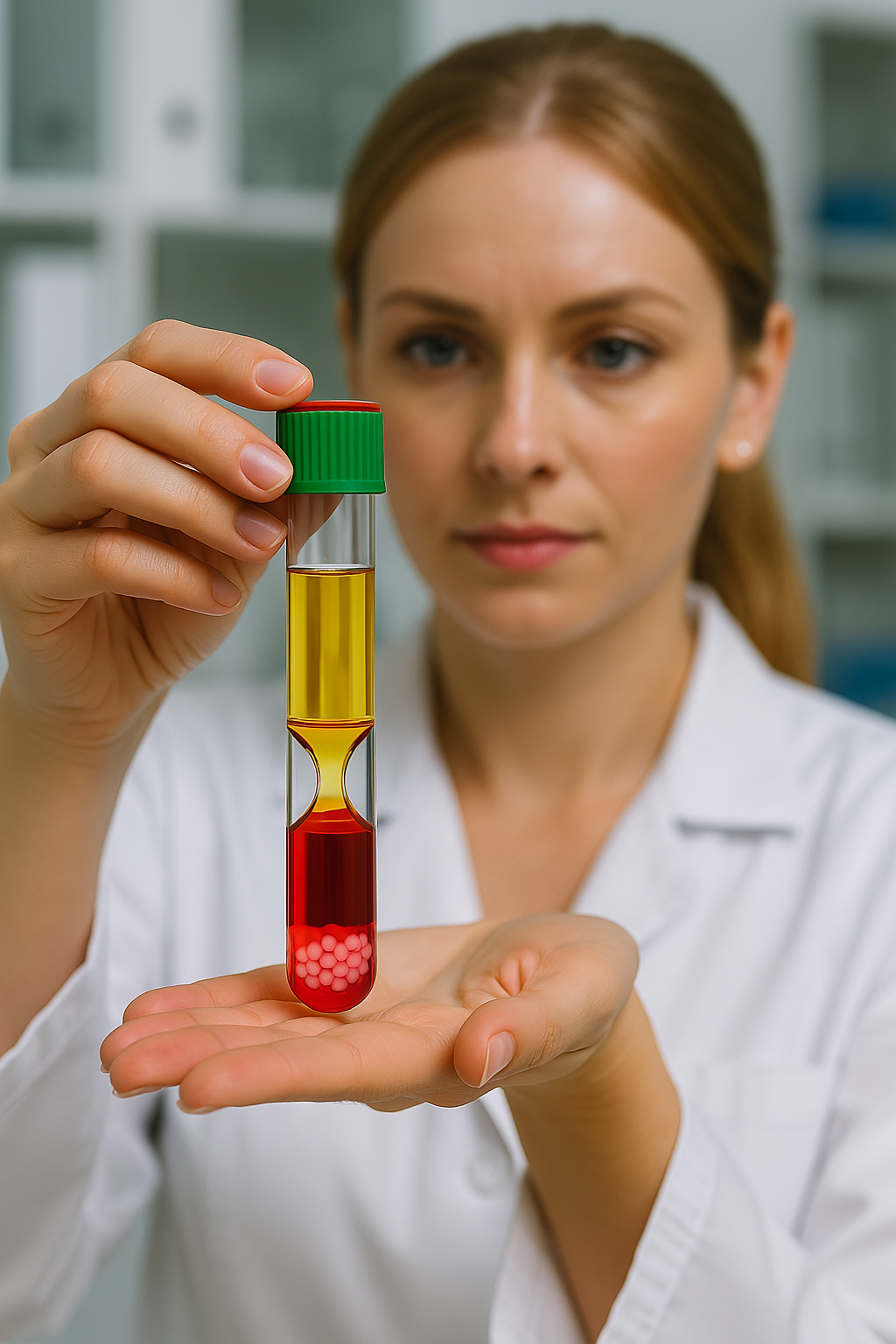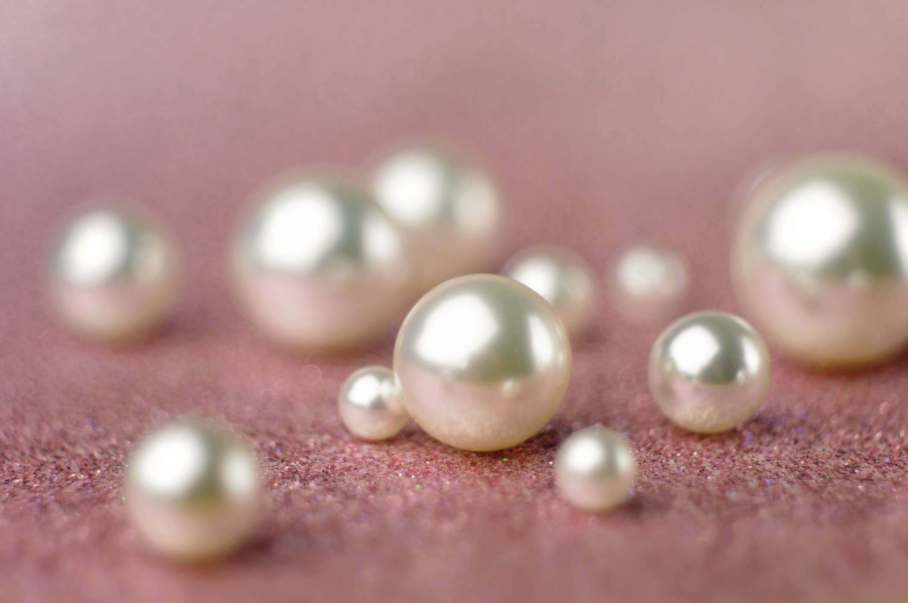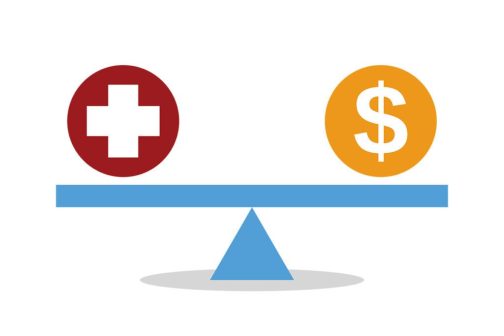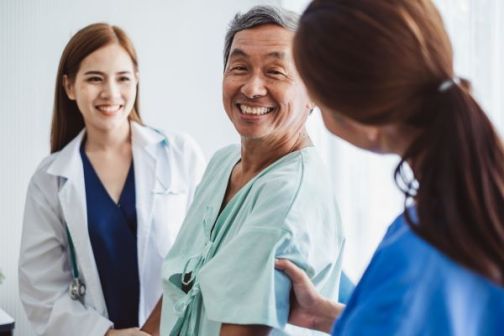Neurocure
Incorporation
RAXON
Repair Axon
Revolutionizing regenerative medicine with innovative, patient-centered therapies for degenerative conditions, stroke and TBI.
RAXON is an innovative single-use kit designed for the efficient extraction of serum rich in exosomes from human blood, utilizing a modified glass tube featuring specialized pearls. These exosomes are packed with potent growth factors and anti-inflammatory proteins that significantly enhance tissue regeneration and recovery following various inflammatory conditions. The RAXON kit streamlines the exosome extraction process, enabling healthcare professionals to obtain these vital biomolecules with minimal disruption to patient care.
Once extracted, the serum can be applied across a wide array of clinical settings, including orthopedics, dermatology, neurologic and infertility. By incorporating exosome therapy, practitioners can promote accelerated healing, reduce inflammation, and improve patient outcomes in conditions such as tendon injuries, joint pain, and skin repair.
As ongoing research continues to reveal the extensive potential of exosomes in therapeutic applications, RAXON positions itself at the forefront of this evolving field, poised to transform healing pathways and set new standards in patient care.

What is innovative in RAXON?
Pearls of Beauty
Pearls of Health

This method incorporates specific medical-grade ceramic materials that agitate white blood cells (WBCs) through physical interaction rather than chemical means. As the WBCs impact the ceramic pearls—larger than the WBCs themselves—the agitation prompts the WBCs to release their contents, including a considerable amount of cytokines.
This mechanical agitation is facilitated through an inversion of the tube, allowing for optimal interaction between the WBCs and the ceramic beads. This process not only enhances the release of cytokines but is also believed to stimulate platelets to release their α-granule contents, which include critical growth factors such as PDGF (Platelet-Derived Growth Factor) and TGF (Transforming Growth Factor) into the plasma.
Shape of Hour-glass
Shape of Youth

The unique design of the hourglass-shaped tube creates turbulence during centrifugation. This design feature further agitates the WBCs, enhancing their interaction with the ceramic pearls.
The turbulence generated by the hourglass shape is crucial for maximizing the extraction of growth factors and cytokines during the preparation process, contributing to a more potent PRP and autologous-conditioned sample.
Competitive
Advantages

Cost-Benefit Product
Reducing reliance on invasive procedures can lead to lower healthcare costs overall. PRP and ACS treatments can be administered in outpatient settings, minimizing hospital overhead costs and allowing patients to avoid high surgical fees and extensive recovery periods.

Accessibility
Given the ease of use of the proposed method, it can be implemented in a variety of clinical settings, from large hospitals to small clinics and even mobile health units. This accessibility ensures that patients across the Canada, including those in rural and underserved areas, can receive advanced treatments that may have otherwise been out of reach.

Pateint Satisfaction
Patients often prefer non-invasive treatments due to the faster recovery times and lower complication rates.
By providing effective alternatives, Our invention can lead to improved outcomes and heightened patient satisfaction, which is essential for the overall effectiveness of the healthcare system
Top Reasons Why Choose Us!
Effetive Concentration
User-Friendly Design
Quality and Safety
Point of Care Device
Market Analysis
Dermatology:
Global Facial Rejuvenation Market size was valued at USD 2157.2 Million in 2022 and is projected to reach USD 2694.05 Million by 2031, growing at a CAGR of 2.5% from 2022 to 2031 according to a new report by Intellectual Market Insights Research
Orthopedics:
The global osteoarthritis therapeutic market in terms of revenue was estimated to be worth valued at USD 7.30 billion in 2020 and is poised to reach 11.0 billion by 2025, growing at a CAGR of 8.7% from 2020 to 2025. The market is also driven by increased spending on enhancing healthcare infrastructure and growing investments in research & development (R&D) activities to introduce new diagnostics and biomarkers.
The global sports medicine market size stood at USD 6.26 billion in 2018 and is projected to reach USD 9.86 billion by 2026, exhibiting a CAGR of 5.8% during the forecast period.
Stroke:
Every 40 seconds, someone in the United States has a stroke. Every 3 minutes and 11 seconds, someone dies of stroke in this country.
Stroke-related costs in the United States came to nearly $56.2 billion between 2019 and 2020. Costs include the cost of health care services, medicines to treat stroke, and missed days.
Stroke is a leading cause of serious long-term disability and reduces mobility in more than half of stroke survivors age 65 and older.